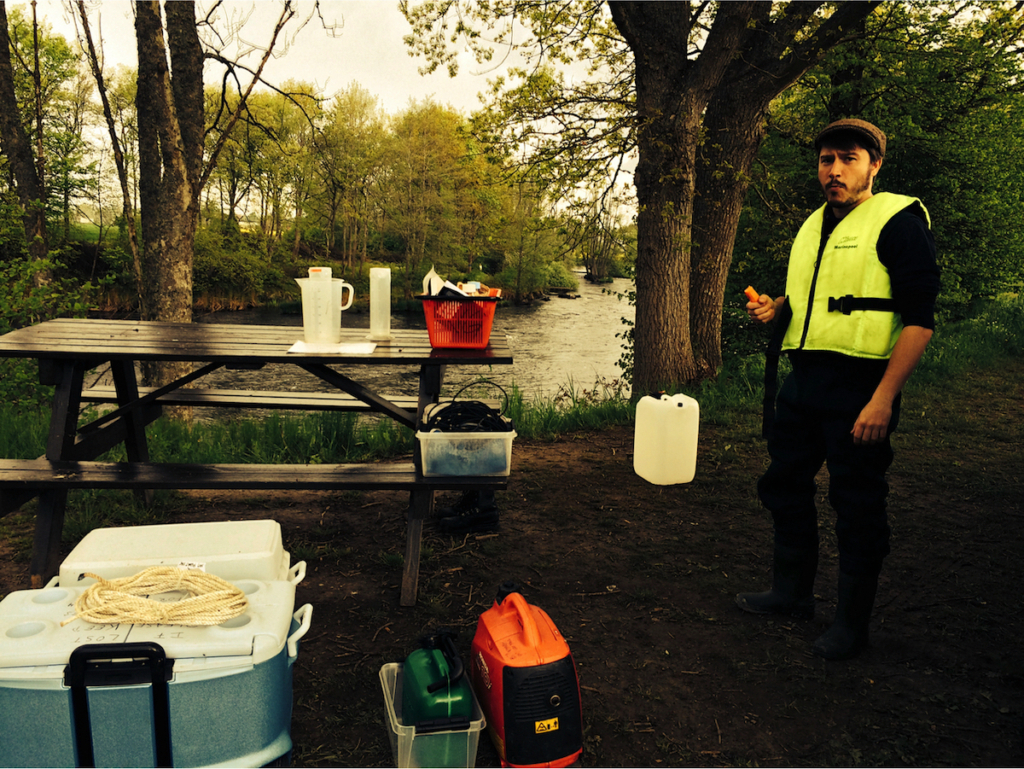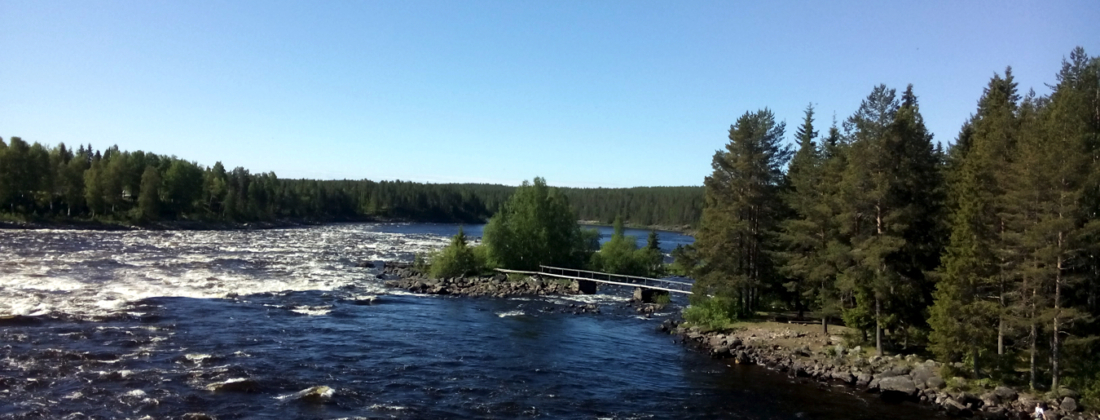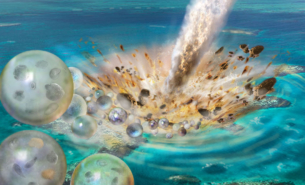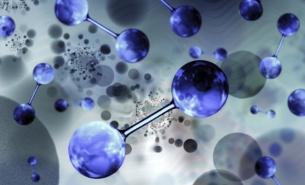Iron organic complexes in Sweden’s boreal rivers significantly contribute to increased iron concentration in open marine waters, X-ray spectroscopy data shows. A Lund University study in Biogeosciences characterizes the role of salinity for iron-loading in estuarine zones, a factor which underpins intensifying seasonal algal blooms in the Baltic Sea.
The study ties in with a reported trend of increased riverine iron concentrations over the last decade in North America, northern Europe and in particular, Swedish and Finnish rivers. This, in conjunction with a predicted rise in extreme weather events in Scandinavia due to climate change, provides momentum for more bioavailable iron to enter marine environments such as the Baltic Sea.
“The consequences of increasing riverine iron for the receiving [marine] system depend first and foremost on the fate of iron in the estuarine salinity gradient. We had questions on what factors determine the movement and transport capacity of iron in these boreal rivers,” said Simon Herzog, postdoctoral researcher at Lund University.
A flow of iron
The research group investigated the iron discharge in eight boreal rivers in Sweden which drain into the Baltic Sea, a brackish marine system. Water samples were taken upstream and at the river mouths, the latter just before estuarine mixing and stronger saline conditions occur. Spring and autumn specimens enabled the comparative analysis of flow conditions. To determine the type and amounts of iron species, measurements with X-ray absorbance spectroscopy (XAS) were taken at beamline I811 at Max-lab in Lund, Sweden and X-ray Absorption Near-Edge Structure (XANES) spectra at beamline ID26 at the European Synchrotron Radiation Facility (ESRF) in Grenoble, France.

Results revealed the presence of organic iron complexes (Fe-OM) in higher abundance upstream and at river mouths during high spring flows. Artificial seawater mixing experiments tested the iron species stability in solution to determine the likelihood that species will settle in river sediment.
“A very important finding was that the organic iron complexes were much more resistant across the salinity gradient, while the iron oxides aggregated to a large extent,” explained Herzog. “This, in combination with the high prevalence of organic iron complexes, suggest that the rising iron concentrations in rivers may result in more iron reaching the open waters of the Baltic Sea, where it could fuel algal blooms.”
The presence of iron is a contributing factor for the increased growth of cyanobacteria or blue-green algae, the causative agent for toxic algal blooms in the Baltic Sea. The tendency of iron complexes to remain in suspension at higher salinity levels allows the species to flow out to sea, as opposed to iron oxides which primarily sediment. Sediment iron is known to act as a phosphorus ‘sink’ or catch to offset eutrophication, an excessive enrichment of nutrients linked with algal blooms in marine waters.
The sources of increased iron levels in boreal rivers vary, according to Herzog, who notes his Lund University colleague studying the phenomenon lists climate change and afforestation among them.
Herzog continues work on aquatic ecological systems using a toolset of XAS, nuclear magnetic resonance (NMR), and Fourier-transform infrared spectroscopy (FTIR). His current studies focus on the interaction of iron and organic carbon and its effect on carbon sequestration in lake environments.




